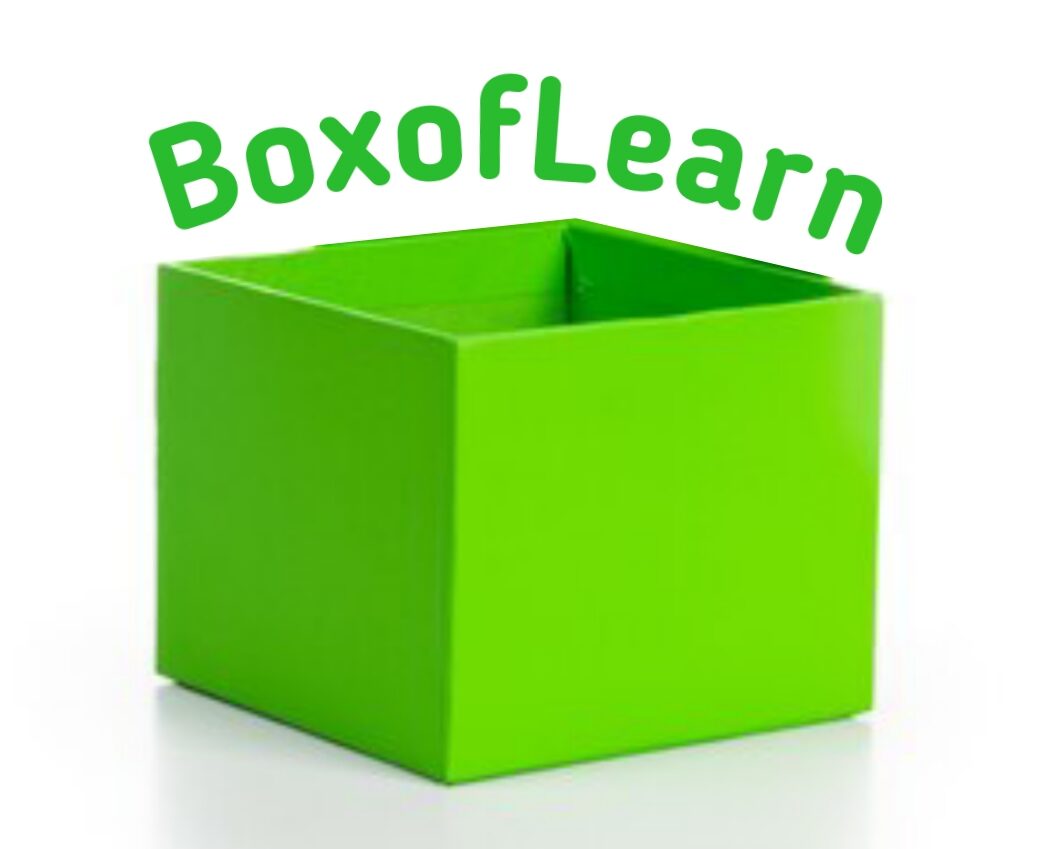What are Variables in JavaScript?
In JavaScript, variables are containers that store data values. They allow you to reuse and manipulate data throughout your code. A variable essentially acts as a named placeholder for values in your program. For example, if you need to store a user’s age, you can declare a variable to hold that value. Why Are Variables … Read more
